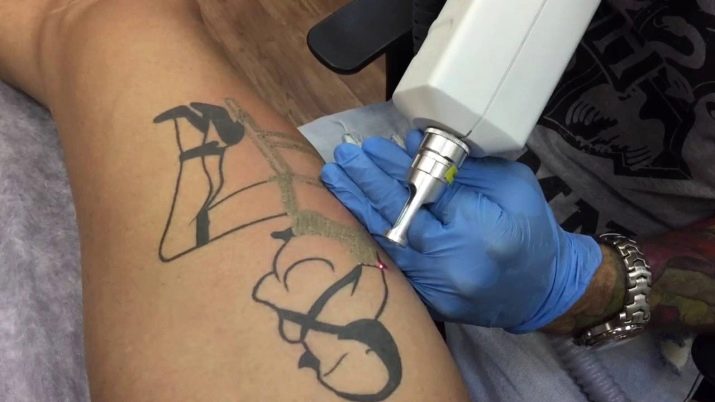Everything you need to know about a tattoo
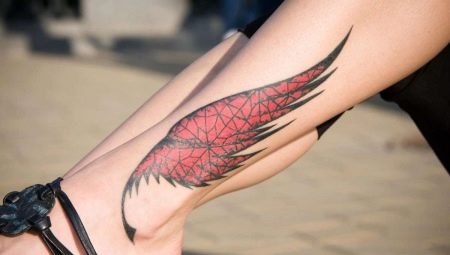
The art of tattooing has been known to mankind since time immemorial, and over the centuries of its existence, it not only has not lost its popularity, but has become even more relevant. It is customary for both women and men to decorate their bodies with drawings. In view of such an increased interest in underwear drawings, those who plan to fill them should learn more about the types, features and meaning of various images.
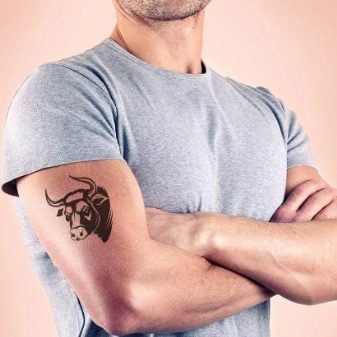

What it is?
Body tattoos are an ancient art form that allows a person to express themselves. High-quality drawings reflect the character of their owner, his views on life. For many people, such images symbolize something. For example, the desire to fight, unhappy love, some kind of loss, or, conversely, a pleasant memory. It has long been known that a tattoo affects a person's life and destiny, can change his character and ideas about life, aggravate negative traits and improve good ones. Therefore, you always need to choose a drawing as carefully as possible.
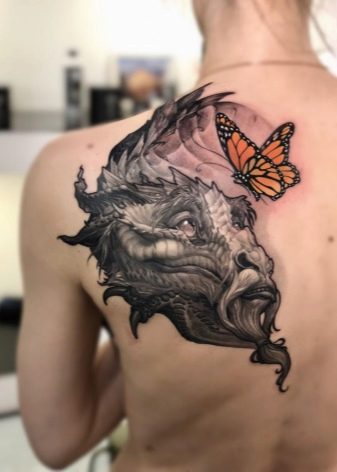

Today, most people prefer to get their tattoos done by professional tattoo artists in salons. A drawing is made using a tattoo machine. Tiny needles inject pigment under the skin, which is securely fixed in the upper layers, accompanying a person all his life. The time to apply a tattoo depends on its size. Some images have to be applied for months, taking recovery breaks between treatments.
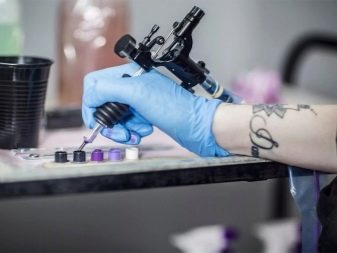
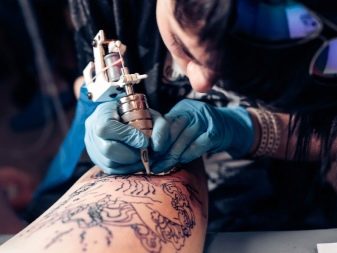
Not every person knows how a tattoo differs from a tattoo. These are two different terms that are not synonymous. A tattoo is a very versatile design.It can be anything, depict any object, inscription, abstraction. The word "tattoo" has a sharply negative connotation and belongs exclusively to the prison sphere. Tattoos are made by amateurs in artisanal and not always sanitary conditions. They tell the life story of a person serving a sentence, and in many cases represent a whole system of drawings.
There is even a special hierarchy, that is, some tattoos must also be earned.
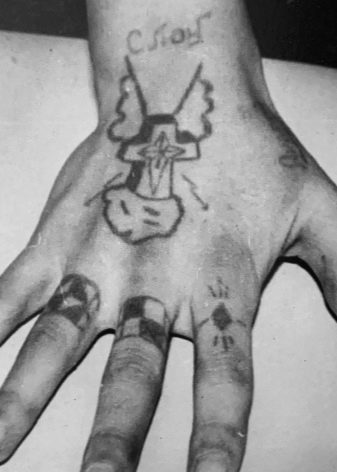
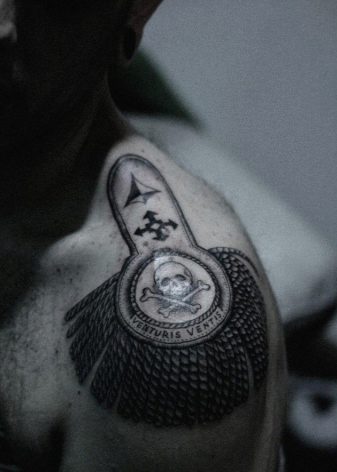
Origin story
People have liked decorating their bodies since ancient times. Now it is very difficult to say exactly when the first tattoo appeared, but it is thoroughly known that they already existed in the Paleolithic era. This is confirmed by the findings of archaeologists. For example, in Austria, a mummy was found more than 5,000 years old. A huge number of tattoos were found on her body.
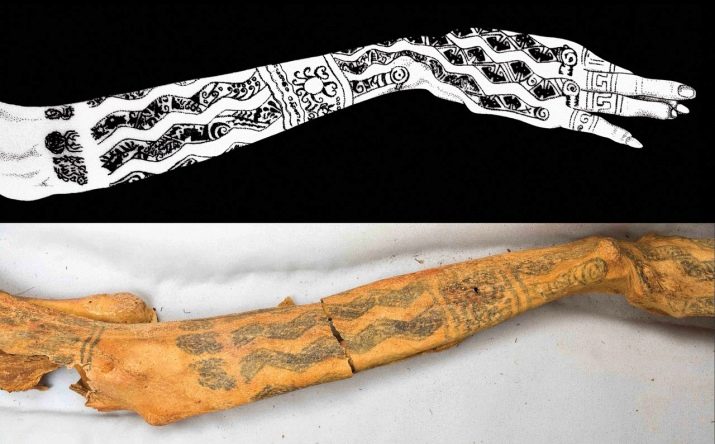
Most of the evidence that the ancient people practiced the art of tattooing were able to provide the Greeks, Egyptians and Chinese. So, in ancient Greece, as in China, most of the slaves were tattooed. It was a kind of stigma, a symbol of belonging to slavery. But warriors also applied the wearable designs. People believed that such symbols would help them in endless bloody wars. As for the Egyptians, here tattoos were mainly the prerogative of the pharaohs.
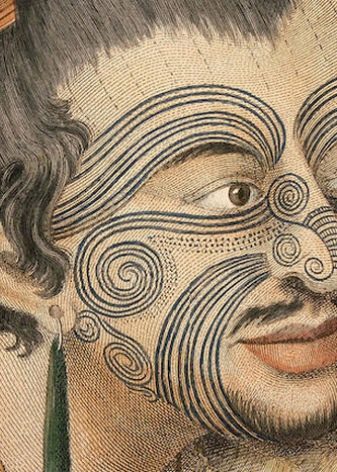
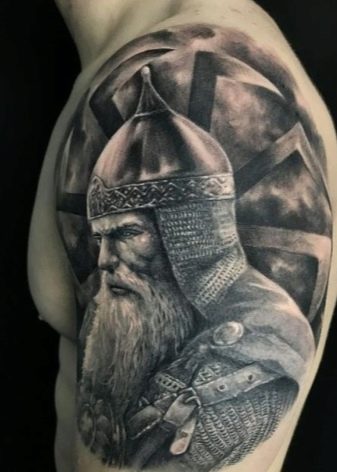
Of course, there were no pigments or tattoo machines before. Therefore, the means at hand were used. So, the Indians applied the pattern with the help of a sharpened shark tooth and a homemade hammer, and in the Pacific islands, residents preferred to use sharpened pebbles or fish bones. The ancient Slavs took the sharp bones of animals for this purpose. The first needles appeared only with the beginning of the formation of metallurgy.
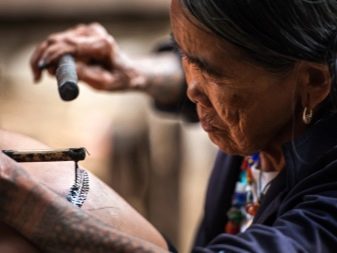
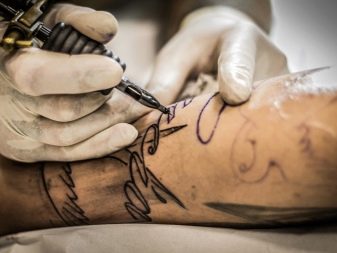
The pigments were also different. Each nation used its own dyes. Somewhere it was extracts from plants, and somewhere - soot from a fire. The islanders often took colored clay, which was a product of the secretion of oysters. Ocher and henna were popular, in some cases sap from certain tree species was also used.
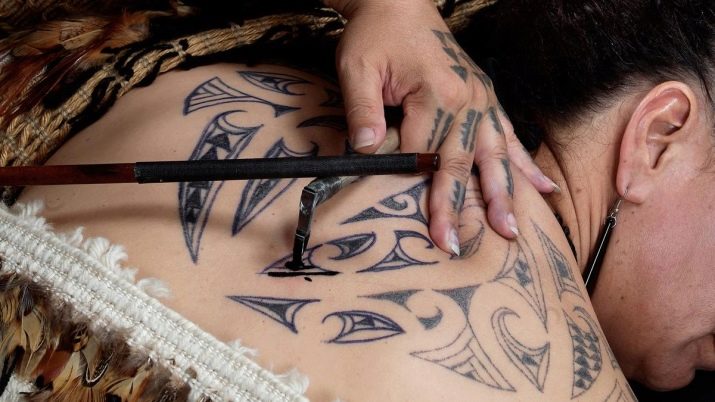
We owe the origin of the term "tattoo" to the famous traveler and sailor James Cook. The word comes from the language of the peoples of the island of Polynesia. By the way, it was there that the famous Polynesian style was born, which is so popular among men today. The local people have been practicing the art of tattoos for a long time, starting to decorate with drawings of children as soon as they reach 11 years old.
This is considered the transition to adulthood.

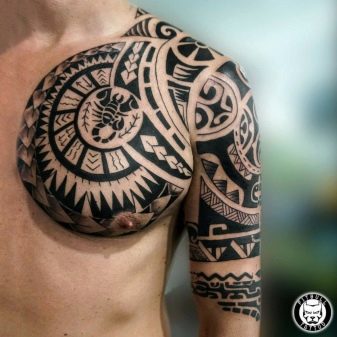
It is interesting to know that in the era of active development of Christianity, tattoos were prohibited. They were considered sin, pagan symbols. The Bible strictly forbade this kind of art, so the popularity of tattoos slowly declined. Body painting acquired a new breath in the 18th century, when sailors in ports began to open salons dedicated to decorating the body in a similar way.
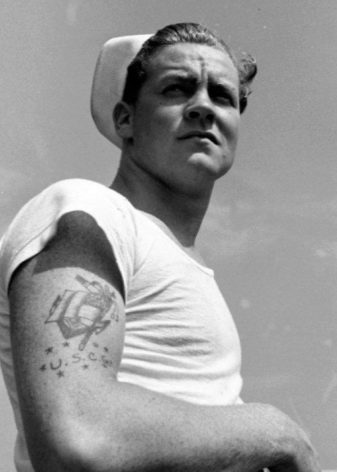
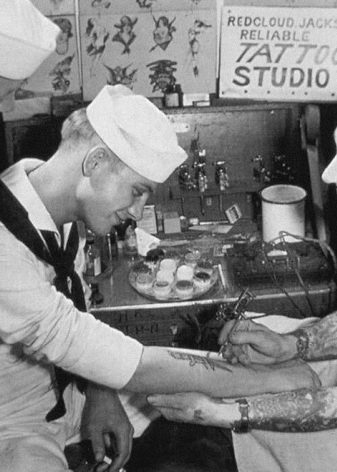
It was believed that the drawings would help sailors withstand any storms. A little bit later, in the 50s of the XX century, tattooing became even more popular, as many youth movements appeared, whose goal was to protest against society. The tattoos expressed it. Since then, art has been developing, new trends, styles, and subspecies have appeared. The popularity of tattoos is growing among different walks of life.

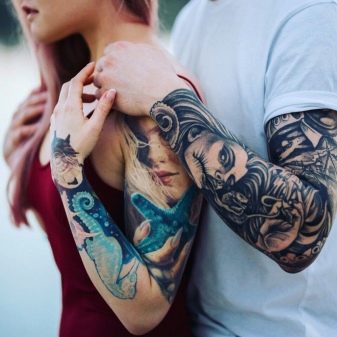
Advantages and disadvantages
Before you go to a tattoo parlor and think over a sketch with a master, you need to carefully weigh the pros and cons. After all, a tattoo is not a toy for one day, but an image that will stay with you forever. It is important to consider all the pros and cons of such a solution. Let's take a look at the benefits of this art first.
- Self-expression. Not everyone succeeds in choosing a style of clothing and hairstyle that will make them stand out from the crowd. But a tattoo is more interesting.It reflects the character of a person, and such people immediately attract attention to themselves, without doing anything for this.
- Perpetuation of an event. Many people want to capture a moment in their memory forever, and for this it is not at all necessary to store photographs. A beautiful pattern on the body is a more original solution.
- Aesthetics. A tattoo can decorate the body, give a person individuality. A beautiful drawing will want to be considered, studied.
- Therapy. Filling a picture allows many to get out of depression, start life from scratch, take a breath of fresh air. In addition, the tattoo very often changes the soft and weak-minded people. By choosing an aggressive drawing, you can significantly correct some of the character traits.
- Cosmetic effect.
If there are any flaws on the human body, for example, stretch marks, birthmarks, scars, etc., then the tattoo can effectively mask them.
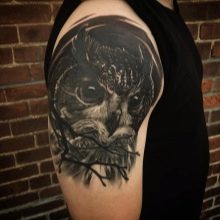
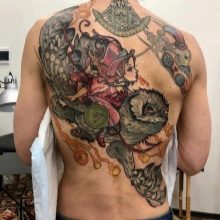
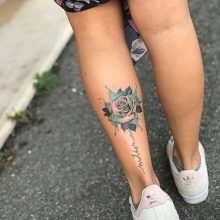
Now it's worth considering the cons of skin tattooing.
- Painful sensations. Despite the fact that some salons may offer pain relievers, the sensation of the procedure will still be more than unpleasant. Some areas are particularly sensitive. For example, this is the wrist or the ankle. It is very painful to get a tattoo here.
- The need for a long choice of salon. This point must be taken into account especially carefully. An unprofessional craftsman may not make the drawing as you originally expected, then you will have to overlap it. In addition, you should definitely be sure that the procedure is carried out in accordance with all sanitary standards, with sterile needles.
- Relevance. If you succumbed to the trend of fashion, and filled in just a beautiful drawing, be prepared for the fact that in 5-10 years no one will remember such a fashionable trend.
- Problems with choosing a job. Not every employer welcomes tattoos from employees. This is important to consider. You may need to fill the image in an inconspicuous place. This limits your options if you are planning a large open tattoo.
- Deterioration over time. Not a single person gets younger over the years. The skin becomes deformed and loses its elasticity. People get fat, lose weight. All this is directly reflected in the appearance of the tattoo.
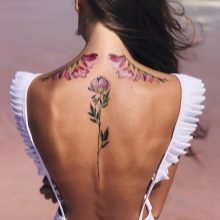
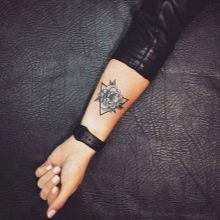

Views
All tattoos can be divided into 2 large groups: permanent and cosmetic. Let's consider each of them in more detail.
Permanent
These are exactly the tattoos that were discussed above. They are applied using a tattoo machine, the pigment is injected under the skin. The tattoo remains with the person forever. Of course, over time, it can lose its appearance. For example, it happens that the image turns blue or fades. Correction solves such problems. And also a very important role is played by care in the first weeks after application.
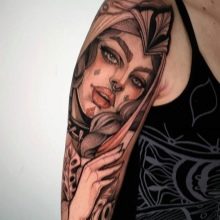
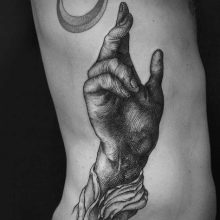
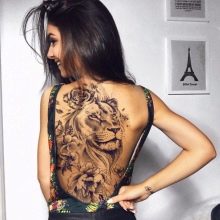
Cosmetic
This group includes permanent makeup, tattooing of lips, eyebrows, for example. The procedure is also carried out by injecting a pigment that lasts for several years on the skin. Such pigments require mandatory renewal.
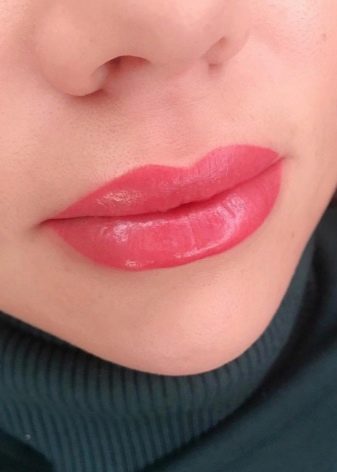
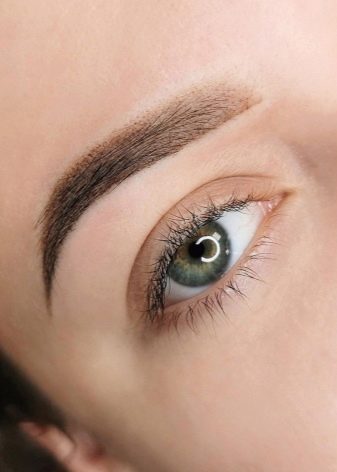
In addition, there is such an art form as mehendi. This is a henna drawing, one of the varieties of body art. Such images are quickly applied and are cheap, but they do not last long either. The same group includes tattoos drawn with special markers, made of rhinestones, translation stickers.
All this disappears without a trace within a couple of days.
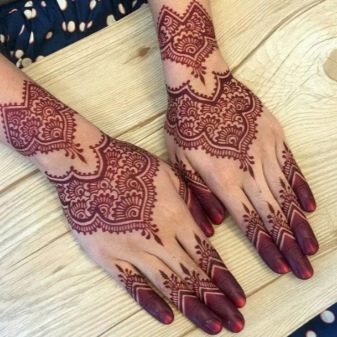
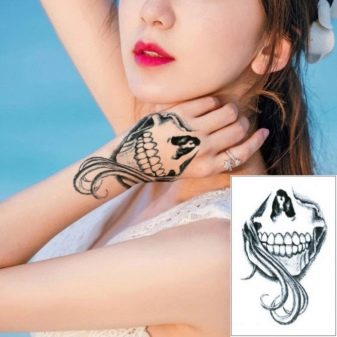
Important: some non-professional tattoo artists may offer so-called temporary tattoos. They claim that the drawing will last for a couple of years, and then it will disappear. Many people buy into this, especially those who cannot really decide on a sketch. It is worth remembering that there are no such tattoos. A weak dye will simply be injected under your skin, which will soon begin to fade, but will not completely disappear. It will look very ugly.
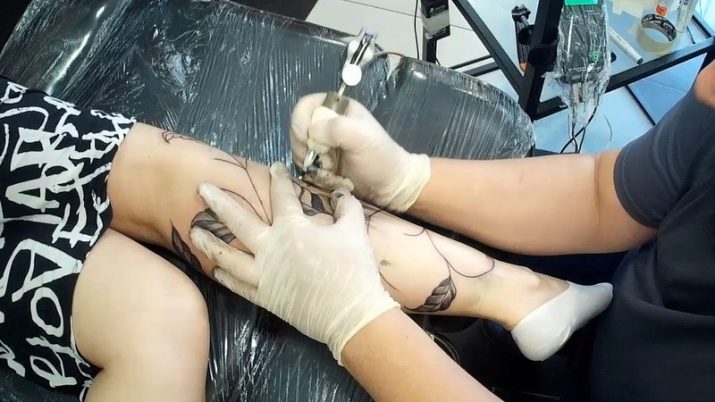
Design options
Tattoos are completely different. Today, craftsmen practice both simple to execute and complex models with deep details and intricate lines. Black and white models remain at the peak of popularity, but color ones have already taken strong positions. The most common colors are red, blue, yellow, blue, purple. Less commonly seen are oranges, browns, pinks, and greens. But everything, of course, depends on the topic.

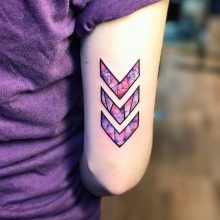
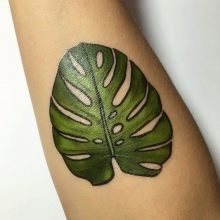
There are many styles of tattoos today, but not all of them are popular. These are the main directions chosen by clients.
-
Minimalism. Clear geometric lines and laconic design are important here. Very often, these tattoos are small. They can depict inscriptions, animals, some symbols.
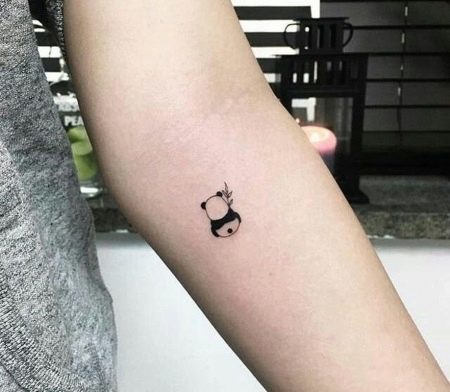
- Realism. Deep drawing of details, images look three-dimensional and real. They are very often colored. Faces, animals, natural landscapes look beautiful.
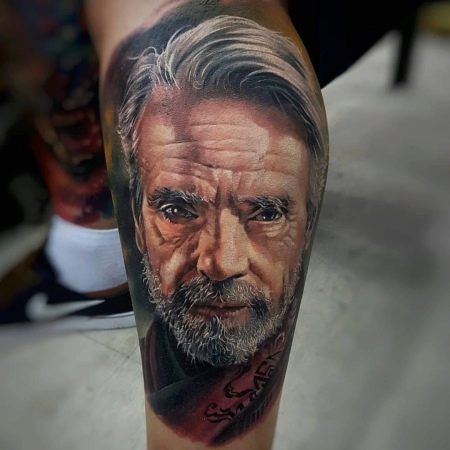
-
Old school. Such tattoos are somewhat reminiscent of a painted picture from a children's book. They have a thick black outline and are colored inside. Such images relate to the theme of travel and the sea.

-
New school. Proportional drawings with a clear storyline. They look very realistic and can be motivating. You can portray anything you want.
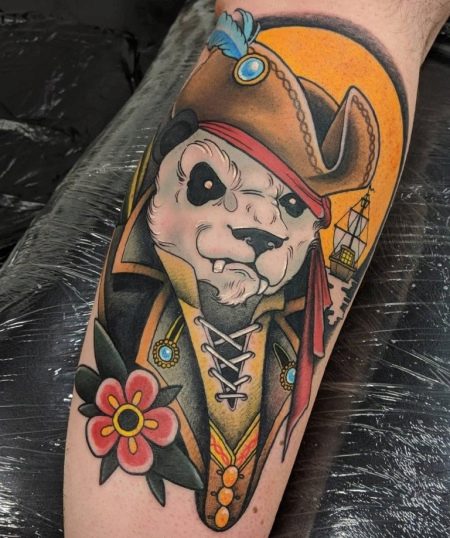
- Watercolor. A delicate style with blurry lines reminiscent of a watercolor painting. Almost always colored, women most often choose it.

Styles such as Polynesian and Biomechanics are also very popular. Both directions are preferred by men. Biomechanics stands out especially because of its uniqueness. These are drawings in the form of all kinds of mechanisms depicted on the body. And also men may like the thrash polka style. Usually such tattoos are black and red. They can depict newspaper clippings, a variety of psychedelic pictures with inscriptions.
Women do not choose such styles, they prefer watercolor, minimalism.

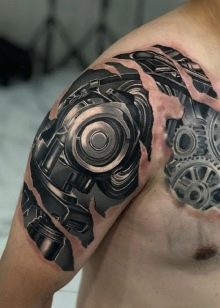
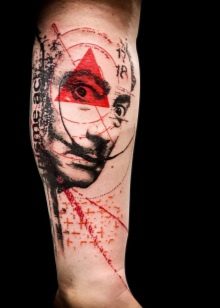
If we talk about the sketches themselves, then women are close to the following topics:
-
flowers, butterflies, small birds;
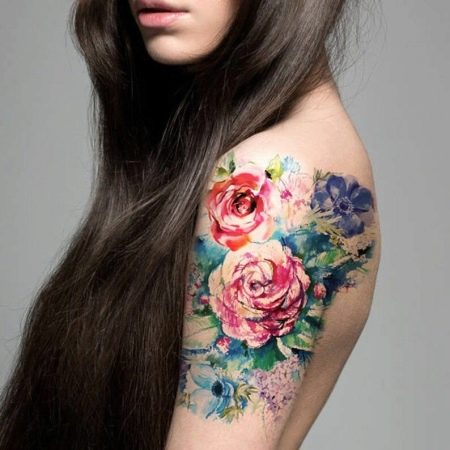
-
symbols - Yin-Yang, infinity sign, zodiac sign symbol and others;
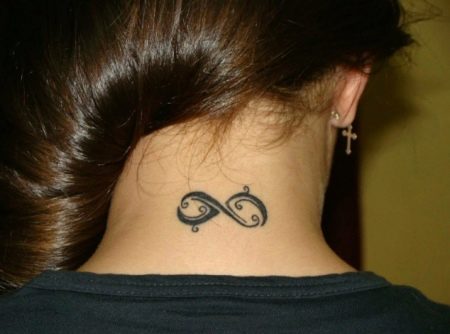
-
motivating inscriptions;
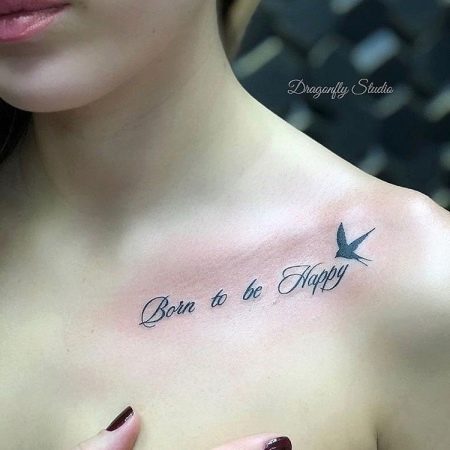
-
stars, letters;
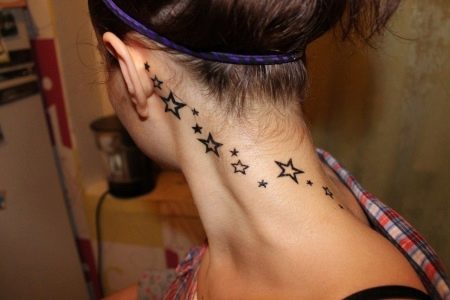
- images of the eye;
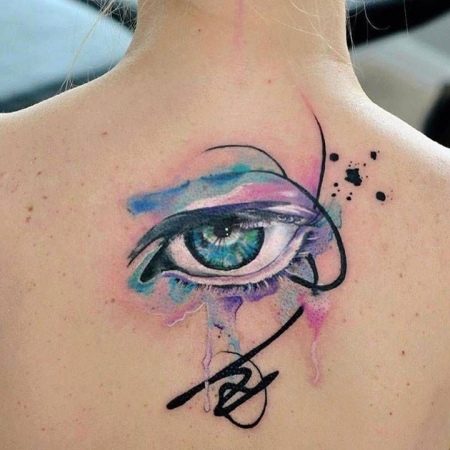
-
animals and fish that do not show aggression, mythical creatures;
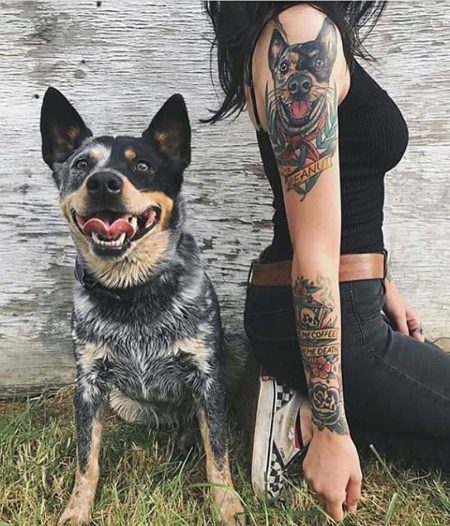
- floral ornaments;
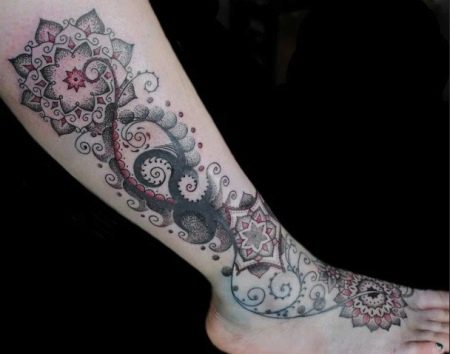
-
mandala;

-
drawings of feathers, hearts, runes;

-
Slavic, Celtic female and universal amulets;
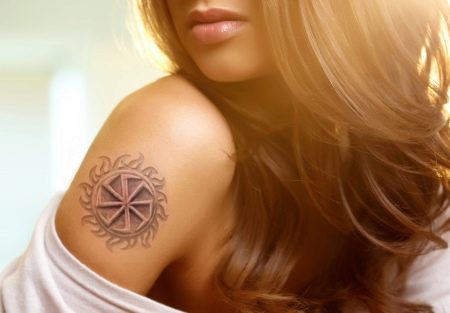
- images of notes, precious stones and other things.
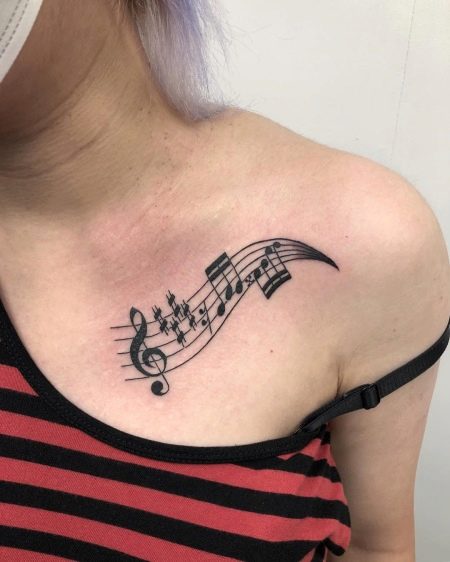
Men will prefer the following:
-
natural volumetric landscapes;
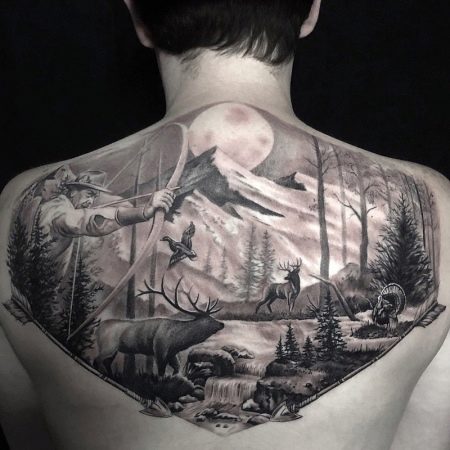
-
aggressive and calm predatory animals, for example, lion, tiger, wolf and others;
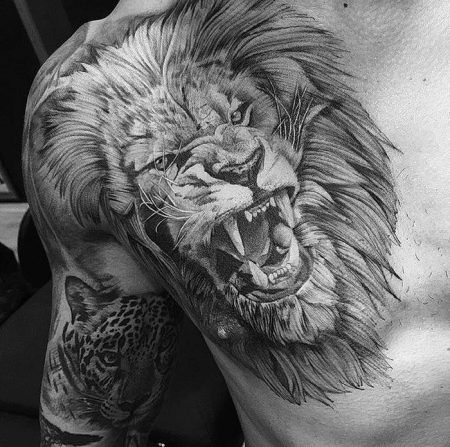
-
fish - carp, salmon, trout;
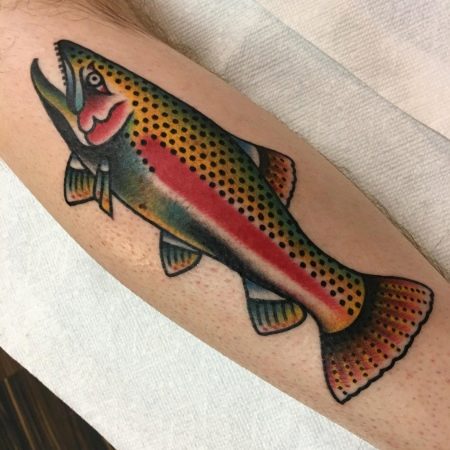
-
insects, spiders and scorpions are especially popular;
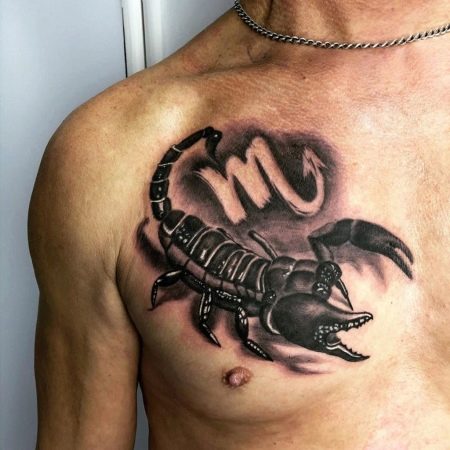
-
skull;
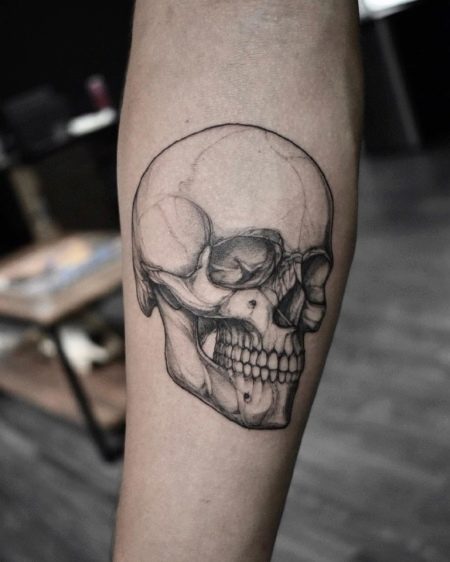
- inscriptions, quotes, images of newspaper clippings;
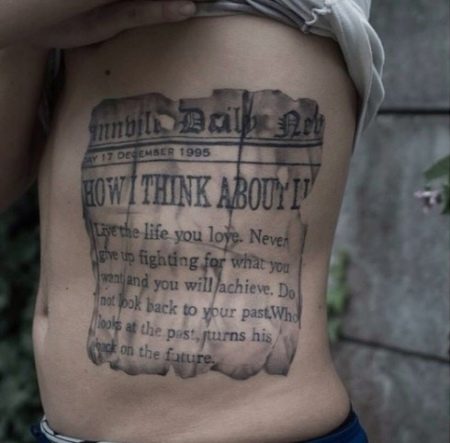
-
psychedelic pictures;

-
mechanisms, sometimes they are intertwined with a plant pattern or an image of human muscles;

-
weapon;
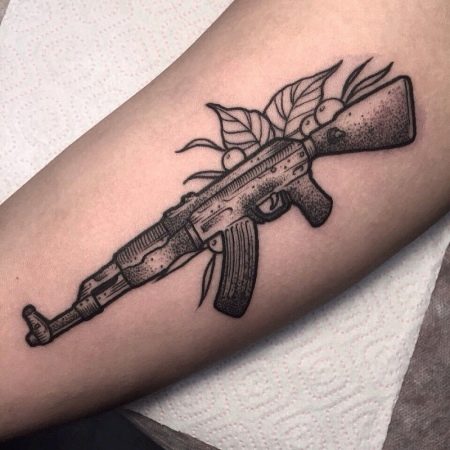
-
large birds of prey;
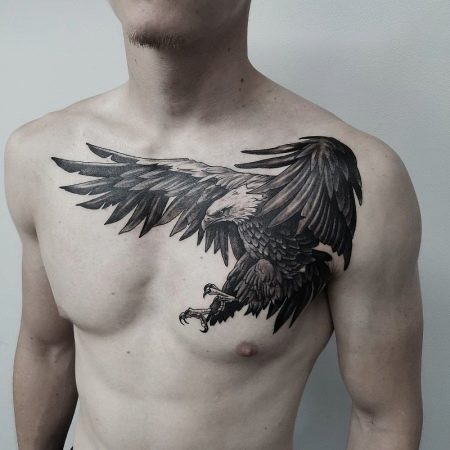
-
images of angels, deities of ancient times, various symbols, amulets, abstractions;
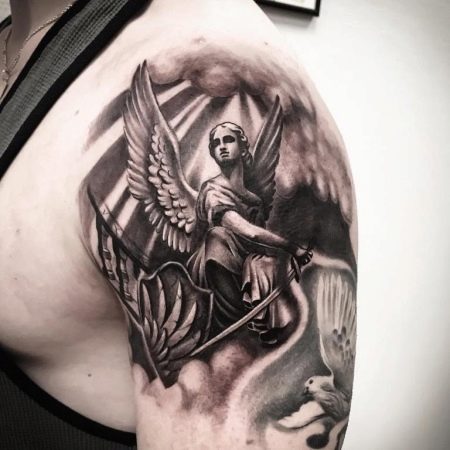
-
drawings of warriors, masks, portraits;
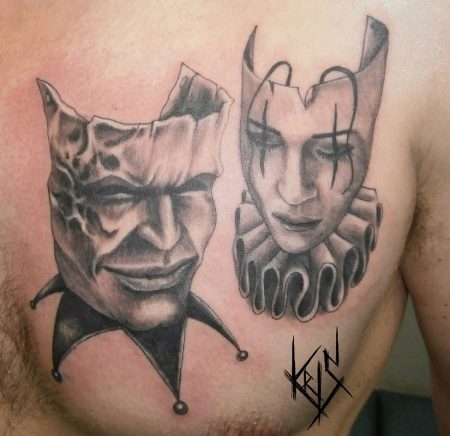
- nautical themes - anchors, ships, compasses and more.
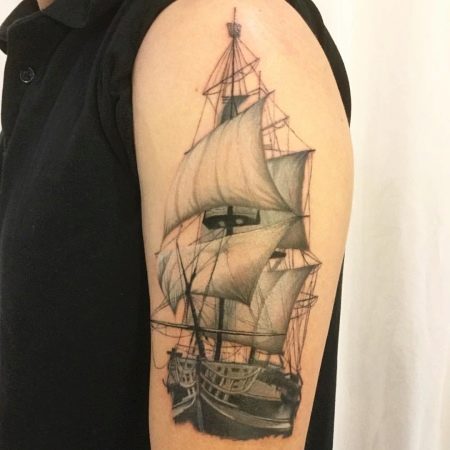
Dimensions (edit)
Tattoos are small, medium and large. It is difficult to accurately calculate centimeters, because there are thousands of sketches. But in general, we can say that small drawings can be the size of a coin, a box of matches or tobacco packaging. Such works are not very expensive, but in any case, you will also have to focus on the area of application. The drawings are simple, not particularly detailed. The approximate scale is from 2x2 to 10x10 cm.


Medium models are equal in size to a book or disc. These are from 15x15 to 25x25 cm. They are applied on the forearm, chest, back, hips. The price, as a rule, starts at 6,000 rubles per drawing.
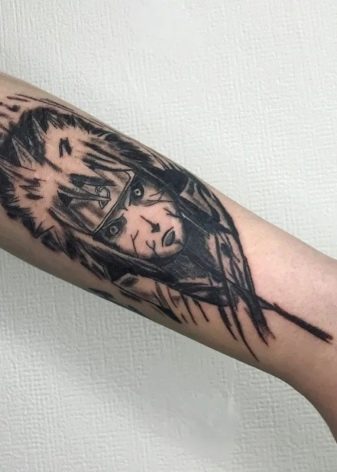
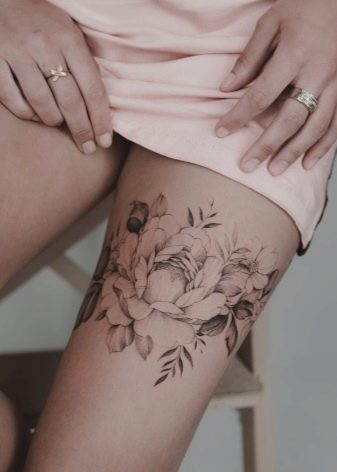
Large images are the most expensive and complex. They are usually performed in several sessions. The patterns are so voluminous that they can cover the entire leg or sleeve, completely fill the back or sternum area.
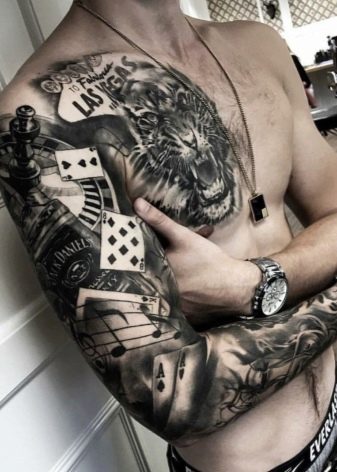
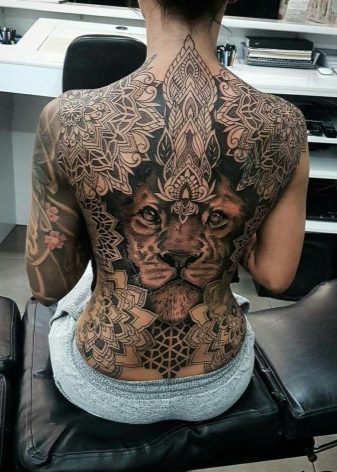
Removal methods
Removing a permanent tattoo is very difficult, and you certainly shouldn't try to do it at home. Usually they turn to beauty salons for such a procedure. It should be carried out by a specialist using a laser. The latter penetrates the skin and begins to gradually destroy the pigment.
It will take at least 7 procedures to achieve the result.
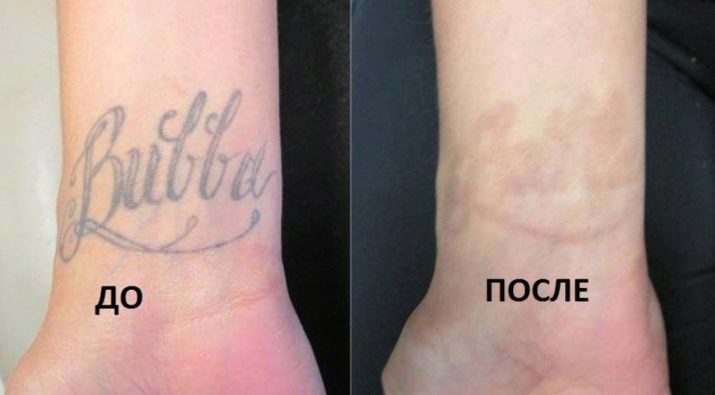
Besides, some can remove tattoos with chemicals that exfoliate the skin. But this is not a particularly rewarding path. In general, we can say that only the laser will help. The procedure is multi-session and very expensive, so before choosing a picture, you should think carefully about whether you really want just such an image.
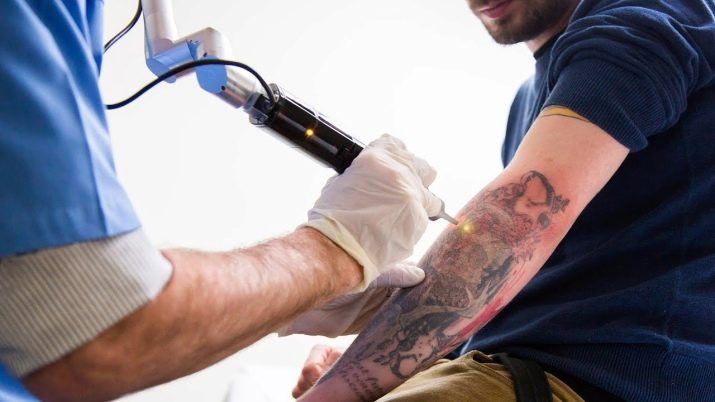
Important: it is not recommended to use "grandmother's methods" and seek advice from incompetent acquaintances. Recommendations such as the introduction of milk or light pigment under the skin, shedding a tattoo with potassium permanganate and then wrapping it up are nothing more than nonsense that can seriously harm health.
